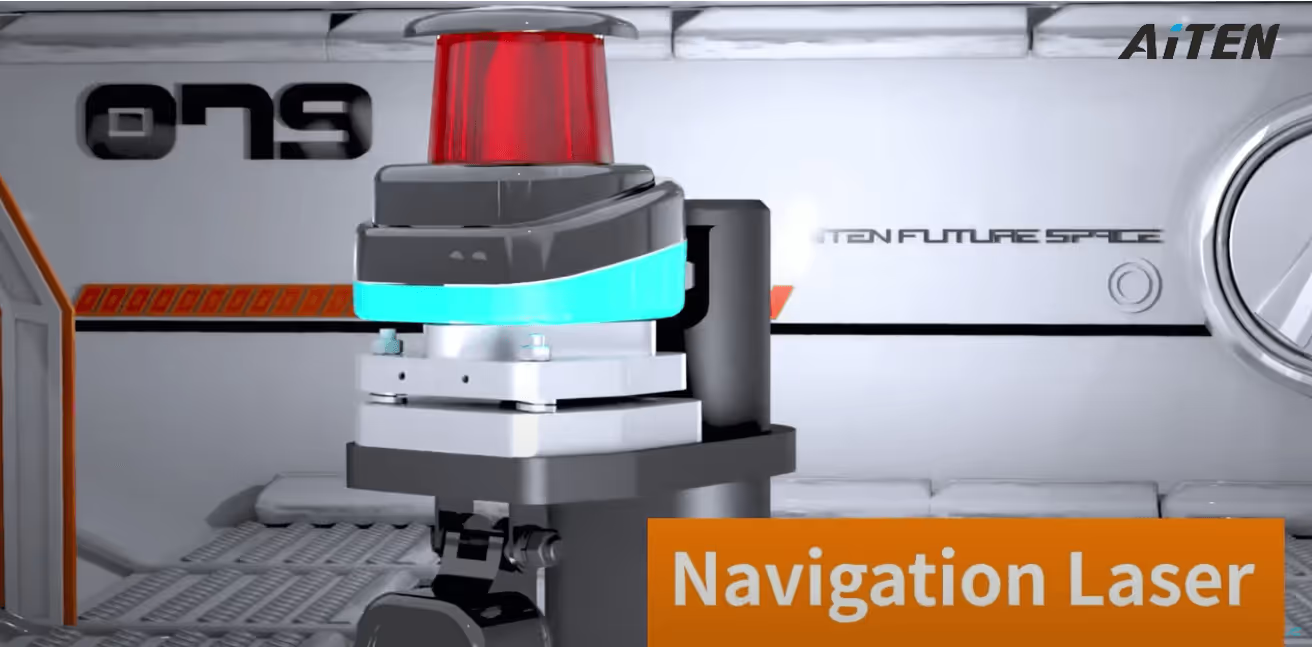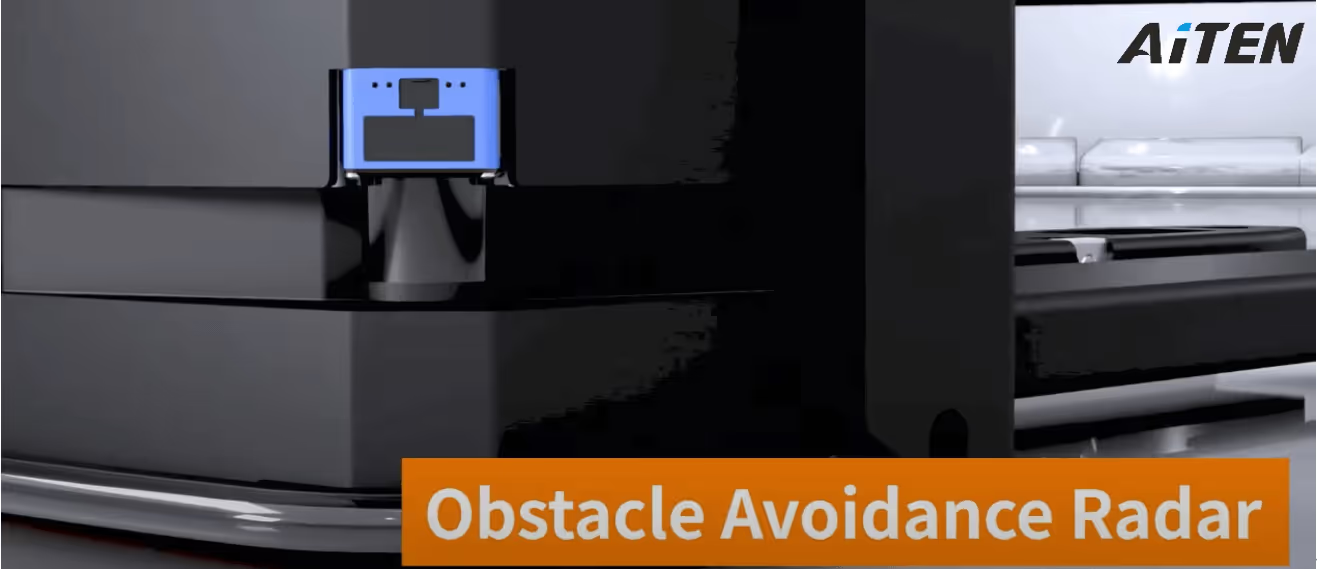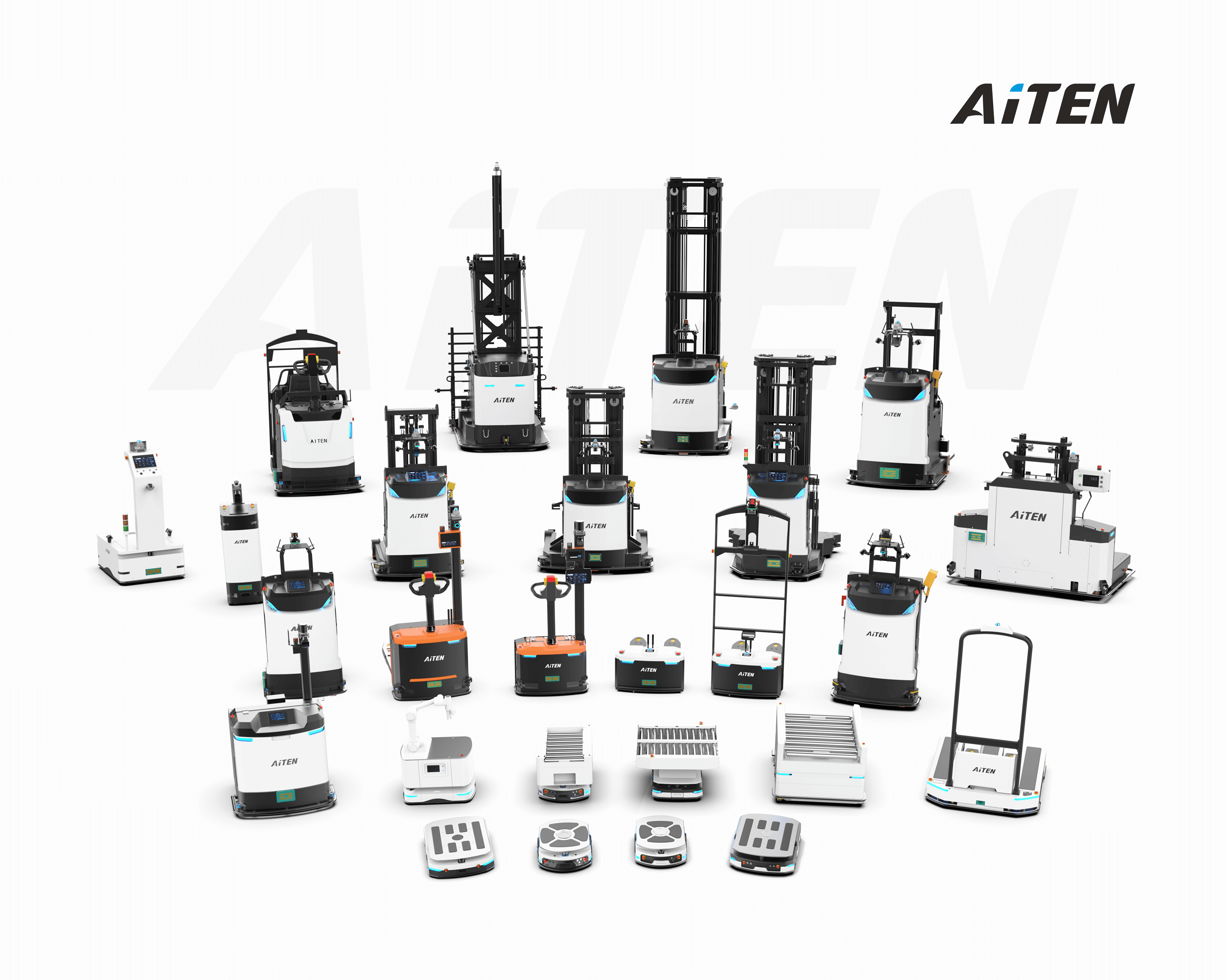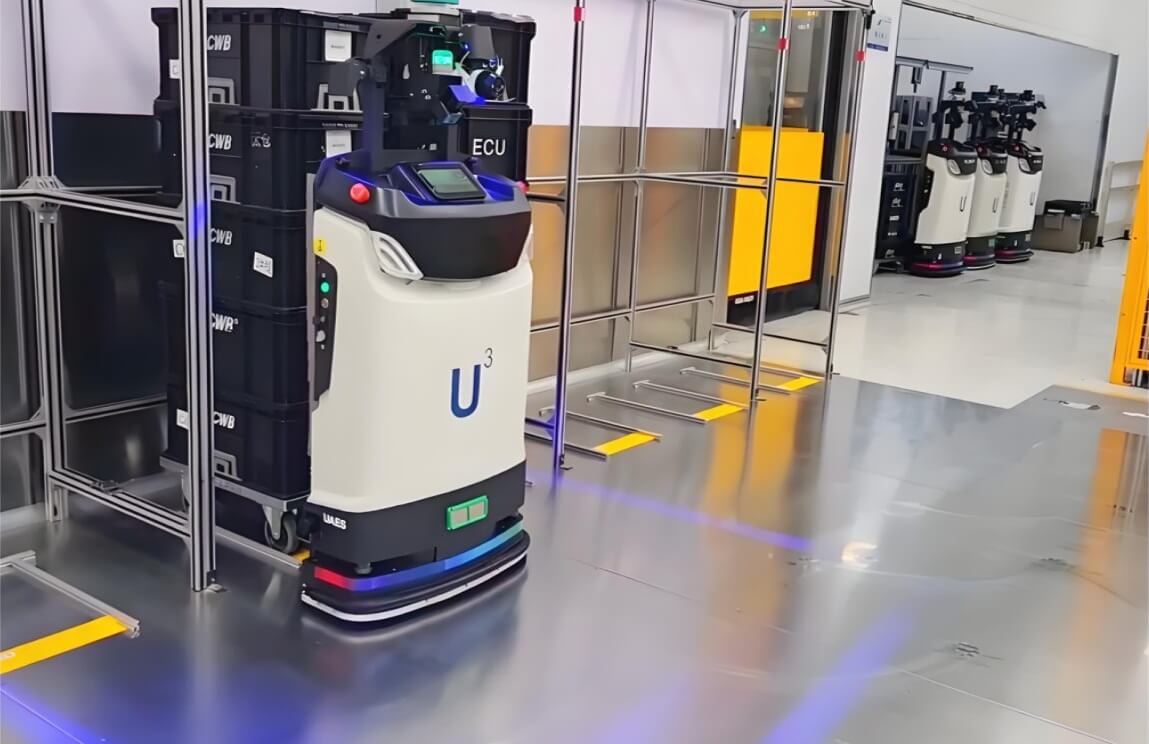Carretillas elevadoras sin conductor frente a carretillas manuales en entornos de almacén

Las carretillas elevadoras desempeñan un papel crucial en la mejora de la eficiencia y la productividad en los entornos de almacén. En función de sus necesidades industriales y de almacén, puede elegir entre carretillas elevadoras manuales o sin conductor.
1. ¿Qué es una carretilla elevadora manual?
Una carretilla elevadora manual, también conocida como apilador manual o apilador manual de palés, es un equipo rentable y versátil diseñado para aplicaciones de trabajo ligero a medio. Estas transpaletas se manejan manualmente y utilizan sistemas hidráulicos para elevar y mover cargas.
2. ¿Cuáles son las principales características de las carretillas elevadoras manuales?
Las características clave de una carretilla elevadora manual incluyen:
- Diseño de las horquillas - Muchas carretillas elevadoras manuales tienen horquillas fijas diseñadas para entrar por el lado corto de los europalés, donde no hay listones de madera que pasen por debajo del lado de entrada.
- Sistema hidráulico - La mayoría de los apiladores manuales utilizan un mecanismo de elevación hidráulico accionado por un pedal o una bomba manual.
- Horquillas ajusta bles - Algunos modelos incorporan horquillas ajustables para adaptarse a diferentes tamaños de palés.
3. ¿Qué es una carretilla elevadora sin conductor?
Las carretillas elevadoras sin conductor, también conocidas como autónomas o automatizadas, son máquinas avanzadas diseñadas para transportar materiales sin intervención humana. Utilizan una combinación de sensores, cámaras e inteligencia artificial (IA) para navegar y realizar tareas de forma autónoma. Equipadas con tecnologías como LiDAR (Light Detection and Ranging) y sistemas cartográficos avanzados, estas carretillas elevadoras pueden funcionar eficazmente en entornos complejos.
4. ¿Cuáles son las principales características de las carretillas elevadoras sin conductor?
Las características clave de una carretilla elevadora automática incluyen:
- Movimiento motorizado - Capacidad para conducir y levantar cargas con un esfuerzo físico mínimo.
- Navegación autónoma - Capaz de funcionar de forma independiente utilizando sensores y software.
- Controles avanzados: funciones como controles de joystick y pantallas táctiles para facilitar el manejo.
- Funciones de seguridad - Incluye sensores de carga, sistemas de control de estabilidad y detección de la presencia del operador.
- Tecnología de baterías: sistemas de baterías avanzados para un funcionamiento prolongado y tiempos de carga reducidos.
5. Cómo se comparan las carretillas manuales y sin conductor?
Las carretillas manuales y sin conductor presentan varias diferencias, como:
(1) Coste
Las carretillas manuales suelen ser más rentables de entrada. Esto las convierte en una opción atractiva para las pequeñas empresas o para aquellas con necesidades de trabajo ligero. Requieren menos mantenimiento y tienen menores costes de explotación debido a su diseño sencillo.
Las carretillas elevadoras sin conductor tienen un coste inicial más elevado, pero pueden ofrecer un mayor valor a largo plazo para las empresas con operaciones de gran volumen. Aunque requieren más mantenimiento y tienen costes operativos más elevados (combustible o electricidad), aumentan significativamente la productividad y la eficiencia.
Coste de las carretillas elevadoras autónomas VS costes de mano de obra en operaciones de almacén
(2) Eficacia
Las carretillas elevadoras manuales son eficaces para el transporte a corta distancia y tareas de apilamiento ligeras. Son ideales para empresas que manipulan cargas comparativamente más ligeras y trabajan en espacios más reducidos. Sin embargo, requieren un mayor esfuerzo físico por parte del operador, lo que puede limitar la productividad durante periodos prolongados.
Las carretillas elevadoras sin conductor destacan por su eficiencia en tareas de carga media y pesada. Pueden mover cargas más pesadas a distancias más largas y alcanzar mayores alturas, lo que aumenta significativamente la productividad.
La distancia de manipulación en el área de la fábrica de Qianjiang Refrigeration es grande, lo que necesita adaptarse a la escena de operación de pasillo estrecho. Qianjiang Refrigeration no solo ha realizado una logística precisa y sin personal mediante el aterrizaje del sistema de manipulación inteligente AMK15, sino que también ha reconstruido el proceso de gestión de la producción con métodos basados en datos, acelerando el progreso hacia el punto de referencia de la fabricación inteligente ecológica.
(3) Consideraciones de seguridad
Tanto las carretillas manuales como las automáticas requieren una formación adecuada del operario y el cumplimiento de los protocolos de seguridad. Sin embargo, hay algunas consideraciones específicas para cada una:
- Carretillas elevadoras manuales - Los operadores deben recibir formación sobre técnicas de elevación adecuadas para evitar lesiones por esfuerzo. Deben inspeccionar periódicamente el sistema hidráulico para evitar caídas repentinas de la carga y tener cuidado al trabajar en pendientes, ya que no hay asistencia motorizada.
- Carretillas elevadoras sin conductor: están equipadas con sensores LiDAR de 360°, detección de obstáculos impulsada por IA y frenado de emergencia en 0,3 segundos. Mantienen límites de velocidad estrictos y siguen trayectorias predefinidas, lo que reduce los riesgos de colisión en un 90 %. El cumplimiento de las certificaciones CE garantiza protocolos de seguridad coherentes.


(4) Versatilidad
Las carretillas elevadoras manuales son muy versátiles para aplicaciones ligeras. Los operadores pueden utilizarlas en espacios reducidos, en entreplantas y en zonas en las que no está permitido el uso de vehículos motorizados. Muchos modelos ofrecen horquillas ajustables para manipular palés de distintos tamaños.
Las carretillas elevadoras sin conductor ofrecen versatilidad en cuanto a la gama de tareas que pueden realizar. Con una amplia selección de accesorios para carretillas elevadoras disponibles, puede adaptarlas a aplicaciones específicas.
(5) Requisitos de mantenimiento
Las carretillas manuales requieren un mantenimiento más sencillo:
- Lubricar regularmente las piezas móviles
- Compruebe periódicamente el sistema hidráulico
- Inspeccione y sustituya las ruedas cuando sea necesario.
Las carretillas sin conductor requieren un mantenimiento más exhaustivo:
- Revisiones periódicas del motor o de la batería
- Mantenimiento del sistema hidráulico
- Inspecciones del sistema eléctrico
- Mantenimiento y sustitución de neumáticos de carretillas elevadoras
Conclusión
Mientras que las carretillas manuales son adecuadas para operaciones a pequeña escala y de bajo rendimiento, las carretillas sin conductor destacan en los almacenes modernos que priorizan la escalabilidad, la seguridad y la eficiencia basada en datos. La transición no consiste solo en sustituir a los operarios, sino en crear ecosistemas logísticos ágiles en los que la tecnología se encargue de las tareas repetitivas, dejando que los humanos se centren en la supervisión estratégica.
Para los almacenes que desean seguir siendo competitivos, las carretillas elevadoras sin conductor representan no sólo una mejora, sino una evolución necesaria en la manipulación de materiales. Póngase en contacto con AiTEN hoy mismo para saber cómo nuestras carretillas sin conductor pueden transformar el entorno de su almacén.









_%E7%94%BB%E6%9D%BF%201.avif)

